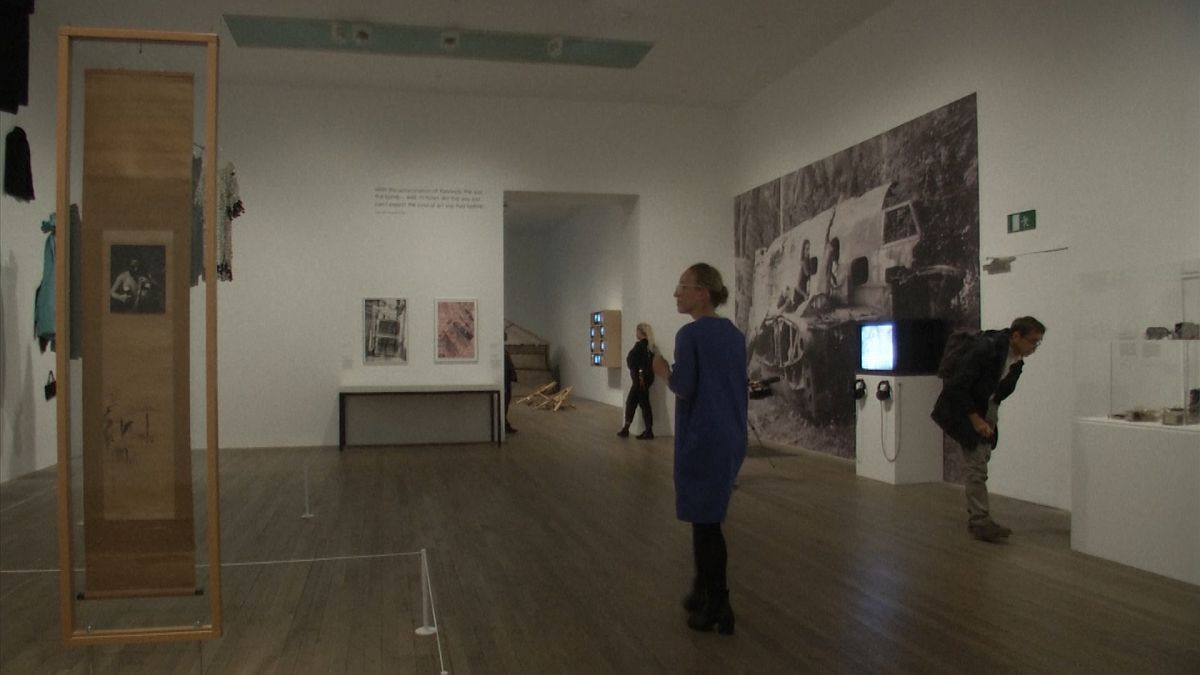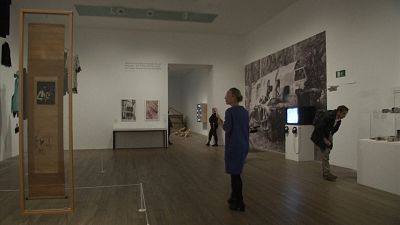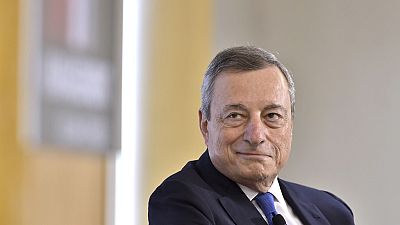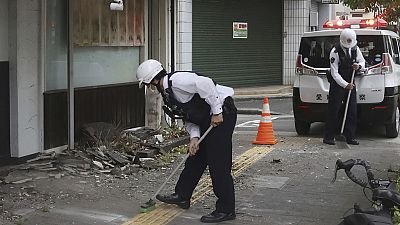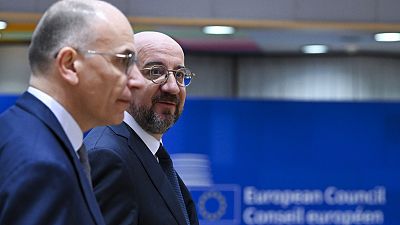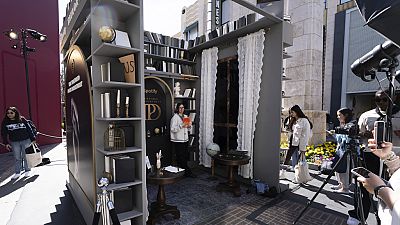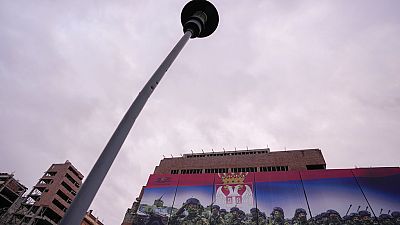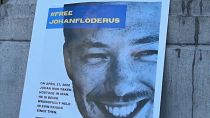London's Tate Modern is staging what's thought to be the first retrospective on South Korean-born artist Nam June Paik.
Paik - who died in 2006 - is credited with inventing video art, collaborated with pop culture icons including David Bowie, and even coined the phrase "electronic superhighway".
The feted museum on the South Bank of the river Thames has gathered over 200 works by the late artist.
Paik played a pivotal role in using video as a form of artistic expression. A member of the Fluxus art movement, he combined the use of music, video images and sculpture.
His artistic debut came in Wiesbaden, West Germany, in 1963 with a solo art exhibition titled "Exposition of Music-Electronic Television."
He scattered 12 television sets throughout the exhibit space and used them to create unexpected effects in the images being received.
Later exhibits included the use of magnets to manipulate or alter the image on TV sets and create patterns of light.
Paik completed degrees in music and aesthetics in Japan before pursuing graduate work in philosophy.
Some of his experiments were in radio and television, and he's thought to have coined the terms "electronic superhighway" and "the future is now".
The exhibit features television sets into a series of robots such as Paik's first robot sculpture, named "Robot K-456" from 1964.
As part of the exhibit, Tate has restaged Paik's "Sistine Chapel" work. It was originally unveiled in 1993 and hasn't been reconstructed since.
"Nam June Paik" opens at London's Tate Modern Thursday 17 October 2019 and runs till 9 February 2020.
